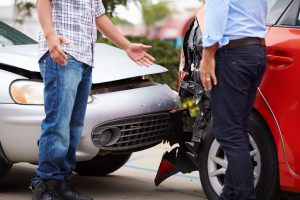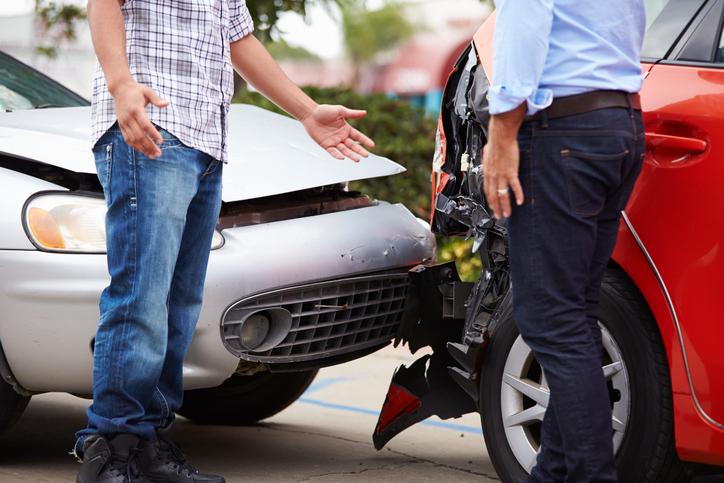
Most drivers realize that a rear-end collision is frequently considered the fault of the driver following the one hit.
Why? Because one of the basic safety rules of the road is to always leave sufficient space between your car and the vehicle in front of you to prevent crashes.
The space drivers leave needs to take into account road conditions, time of day and other safety factors, as it takes vehicles longer to stop if roads are wet or icy, and noticing the actions of another car may take a bit longer if it is dark.
The rule exists to ensure maximum safety on the roadways. The driver in front may need to stop suddenly to avoid a pedestrian, cyclist, another car, or an obstacle. The car may malfunction and come to an abrupt stop. If this or any other reason makes the car ahead stop abruptly, a motorist following the safety rule of leaving sufficient space to stop will be safe.
Comparative Negligence and Negligence
But there are situations where the following driver may not be at fault or may share blame with the other driver.
Fault is determined by an assessment of negligence. Negligence means that a party didn’t exercise reasonable due care in an action. Following at a safe distance, for example, is reasonable due care.
If other drivers are found negligent in a car accident, the insurance company or court can find them at fault. They may then have to pay compensation for any damages caused by the accident.
New Jersey also has a comparative negligence law. Comparative negligence means that insurance companies and courts may determine that both parties are at fault, and assign a percentage of the total to each. If an accident caused $20,000 in damage, for example, and the following driver was only 50% at fault, the insurance company will pay only 50% of $20,000, or $10,000.
When the Driver in Front May be At Fault
When may the driver in front be at fault for a rear-end collision, or partly at fault?
If the car has no brake light
Motorists are also required to keep the safety features of their vehicles in good working order. Normally, brake lights signal to other motorists that a car is slowing down to make a stop. If brake lights are not functioning on a vehicle, the motorist behind is not given sufficient warning to an intent to stop.
If the car backs up
Not all “rear-end” collisions are rear-end collisions! At times, when cars are stopped in a line at a traffic light or stop sign, a car may try to back up, perhaps to attempt to change to another lane or simply to put more space in front.
But if they aren’t careful, they can hit the car behind them. In this case, it may be that the driver behind did nothing but stay stationary, and was hit by someone driving backward.
If the turn signals aren’t working or used
Turn signals provide notice that a car is intending to turn, and will likely slow down. If a motorist hasn’t maintained the car well enough to have working turn signals, or doesn’t use turn signals, the driver may bear a degree of responsibility for being rear-ended.
If the car stops without warning
At times, cars may need to stop suddenly to avoid a crash. But if the car stops suddenly for no reason, the driver in front may be at fault.
Seasoned Car Accident Lawyers in Bergen County
If you or a loved one has been injured in a vehicle accident, whether due to a rear-end collision or any other reason, the attorneys at Kantrowitz, Goldhamer & Graifman are here to protect your best interests.
Our legal team has more than 40 years of experience litigating complex injury claims in New Jersey. Contact us schedule a free case review with a car accident attorney Bergen County trusts.
Additional Car Accident Resources:
- Maintain a Safe Following Distance (The 3-Second Rule). SmartMotorist.com. http://www.smartmotorist.com/traffic-and-safety-guideline/maintain-a-safe-following-distance-the-3-second-rule.html
- State of New Jersey Department of Banking and Insurance. Auto Comparative Negligence Settlement – Frequently Asked Questions. http://www.state.nj.us/dobi/ins_ombudsman/ombuds_acnsfaq.html

